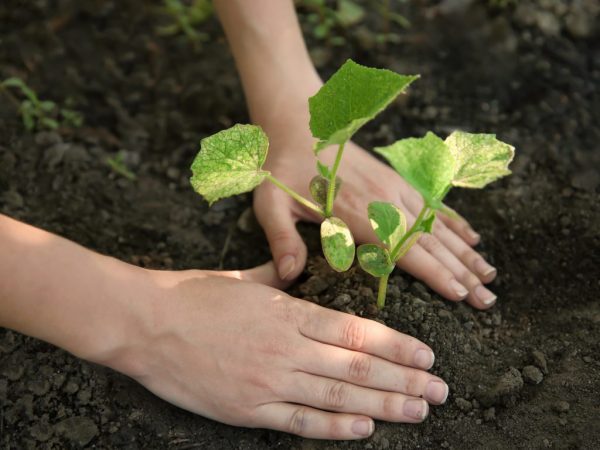Description of the variety of cucumbers Cascade
The Cascade variety of cucumbers was bred in 1982; today it has a fairly large number of fans among gardeners. Cascade is a fairly popular type among early maturing cucumbers.

Description of the variety of cucumbers Cascade
Variety characteristic
According to the description, Cascade cucumbers are one of the best early varieties for outdoor cultivation. The option of growing them in greenhouse conditions is also possible, in rare cases - on the balcony. The variety has a female flowering type, it requires insect pollination. The fruits ripen almost simultaneously, after about 6-7 weeks.
Cucumbers Cascade surprise with their high yield and excellent taste, have a pleasant crunch and do not taste bitter.
Description of fruits
Ripe fruits of a dark green color have a lumpy surface. In cross section (diameter) - about 4 cm. Cascade cucumbers are quite large: their weight reaches 120-150 g, and their length is about 15-16 cm.
The pulp is juicy, without bitterness, its surface is elastic, dense. Cucumbers keep well, do not turn yellow.
Description of the plant
The plant itself is medium-sized, has an average climbing capacity. The leaves are large enough, rich green color. The ovary is formed in bunches.
Preparing to disembark
Before planting in the soil, the seeds are sometimes soaked in a solution of potassium permanganate, after which they are washed and germinated.
You can plant seeds (seedlings) in open ground when its temperature reaches 15 ° C (approximately at the end of May). Prior to this, it should be slightly tempered to prepare it for more severe conditions. This can be done by gradually lowering the air temperature, followed by a slight increase.
The optimal planting density is 3-4 plants per 1 sq. m. If the sowing of seeds is carried out directly on the garden bed, they are lowered into the soil no deeper than 1.5-2.5 cm.
Drop off location

The plant needs sunlight
Plants should be planted in a wind-protected, damp and well-lit area. The cultivar needs enough warmth and moisture to thrive. It is necessary to take into account the fertility of the land. To increase its aeration and improve plant growth, some leaves or sawdust are added to the soil.
Care
Plants of this variety need fairly simple, but regular and comprehensive care. Since the Cascade variety is very picky about soil moisture, abundant and frequent watering plays an immediate role. Water must go deep into the soil, and its lack can cause a change in the shape of the fruit.
- Do not forget about loosening the soil, which increases the access of air to the soil to the roots, and also conducts moisture as deeply as possible. Removing weeds from the garden is a necessary part of maintenance, as they can greatly harm the growth and development of plants.
- It is necessary to apply fertilizers to the soil regularly. Phosphorus, nitrogen and potash mixtures are perfect, but you shouldn't forget about organic matter. For feeding cucumbers of this variety, fertilizers are best used in a complex manner.
- An optional but often used part of the grooming is to tie the plants to the support. Considering the size of the fruit and the good yield, a strong trellis should be chosen that can support the weight of the fruit.
Diseases
Cucumbers Cascade delight gardeners with excellent immunity to various diseases. Plants are not afraid of either downy mildew, or olive spot, or many other diseases typical of cucumbers.
This makes the variety quite popular among gardeners.
Conclusion
Cucumbers of the Cascade variety are best suited for experienced gardeners and for those who have a lot of free time to care for them. Plants are demanding enough that it takes a lot of time and effort to get a good harvest (choosing the right place for planting, regular abundant watering, using fertilizers, etc.).


